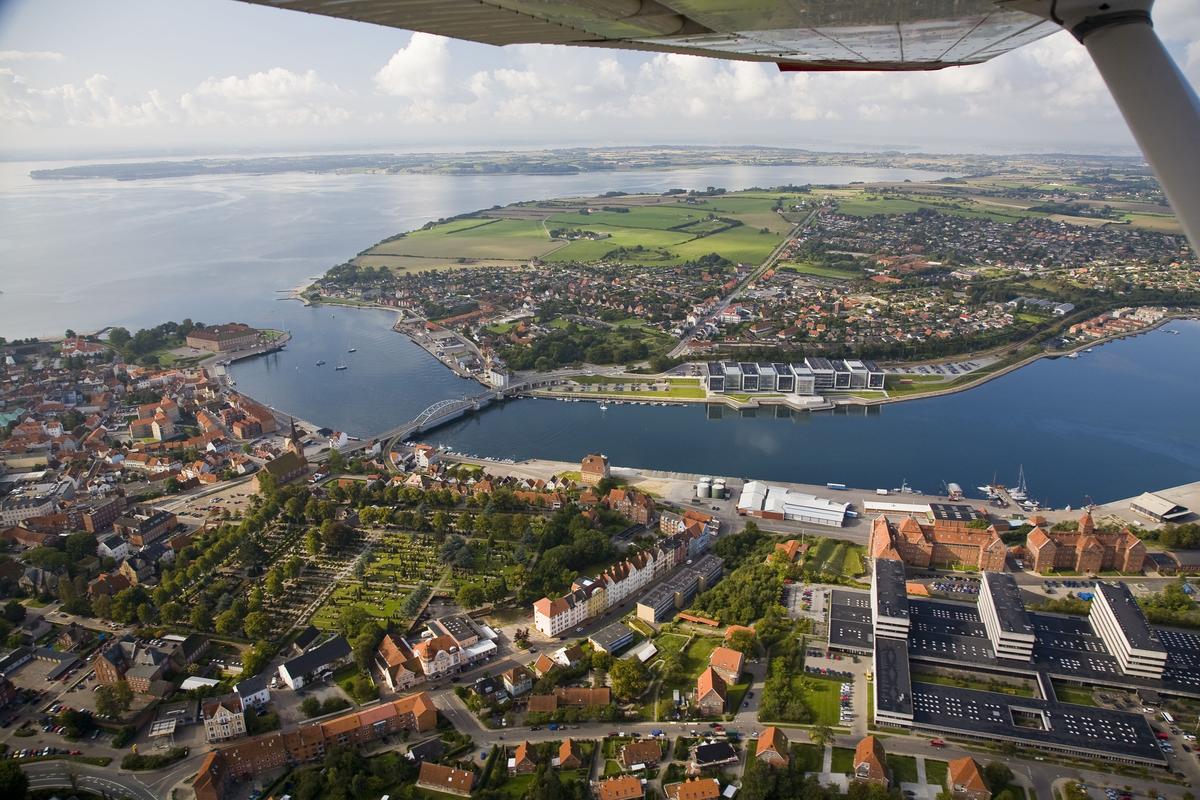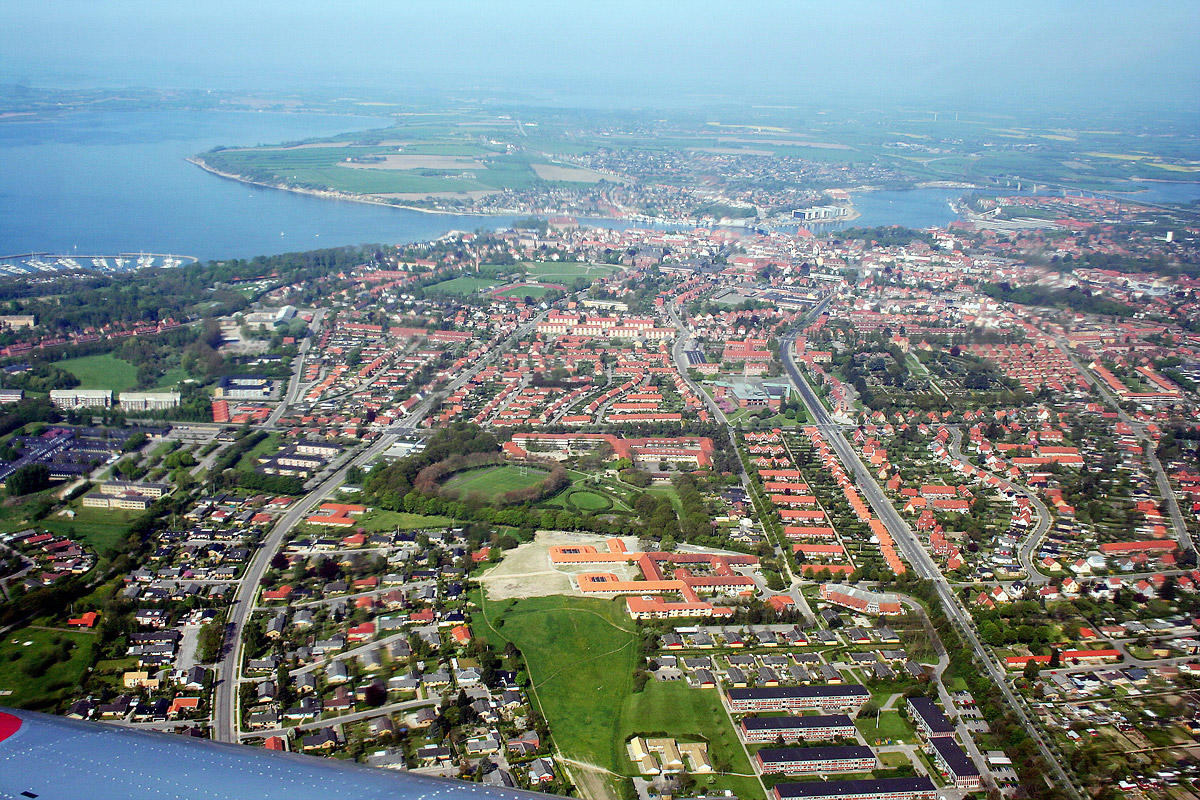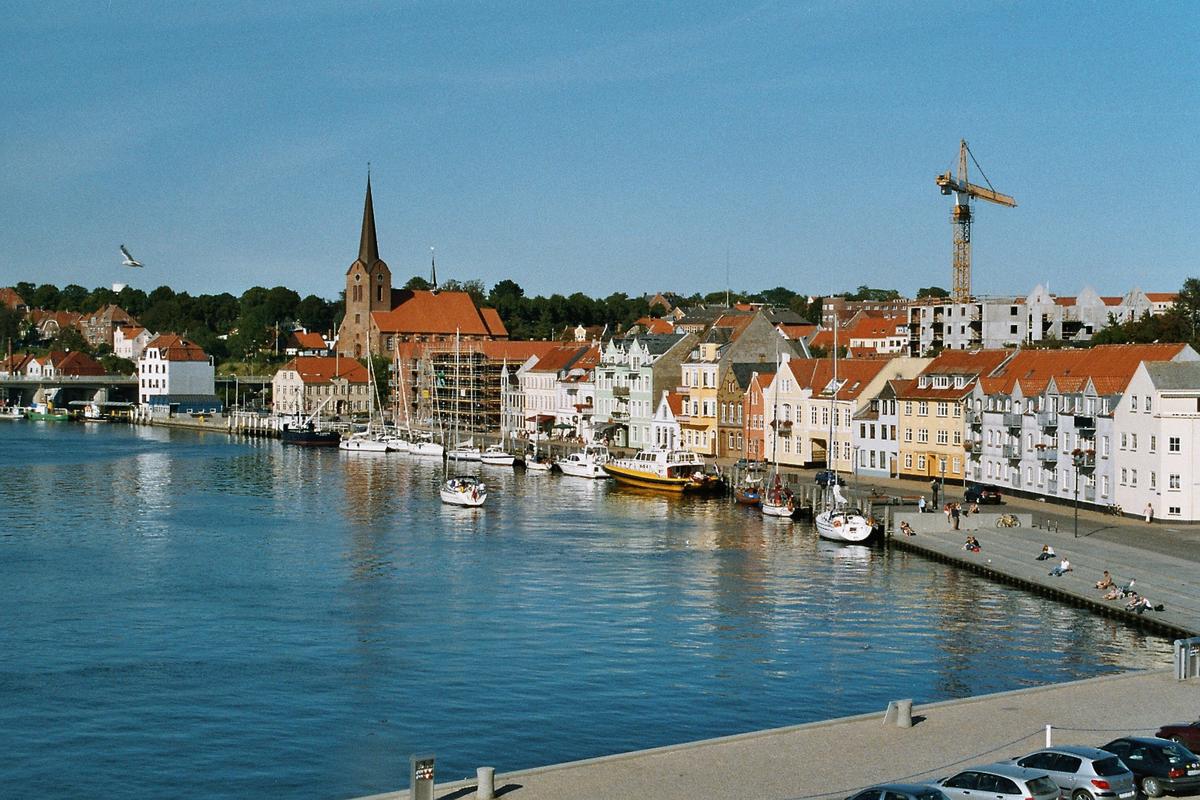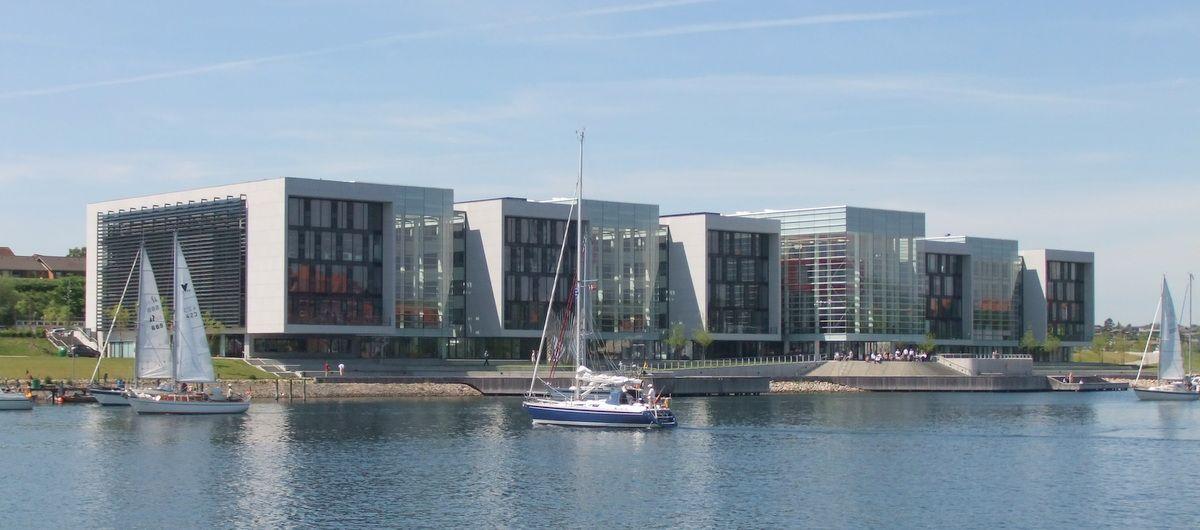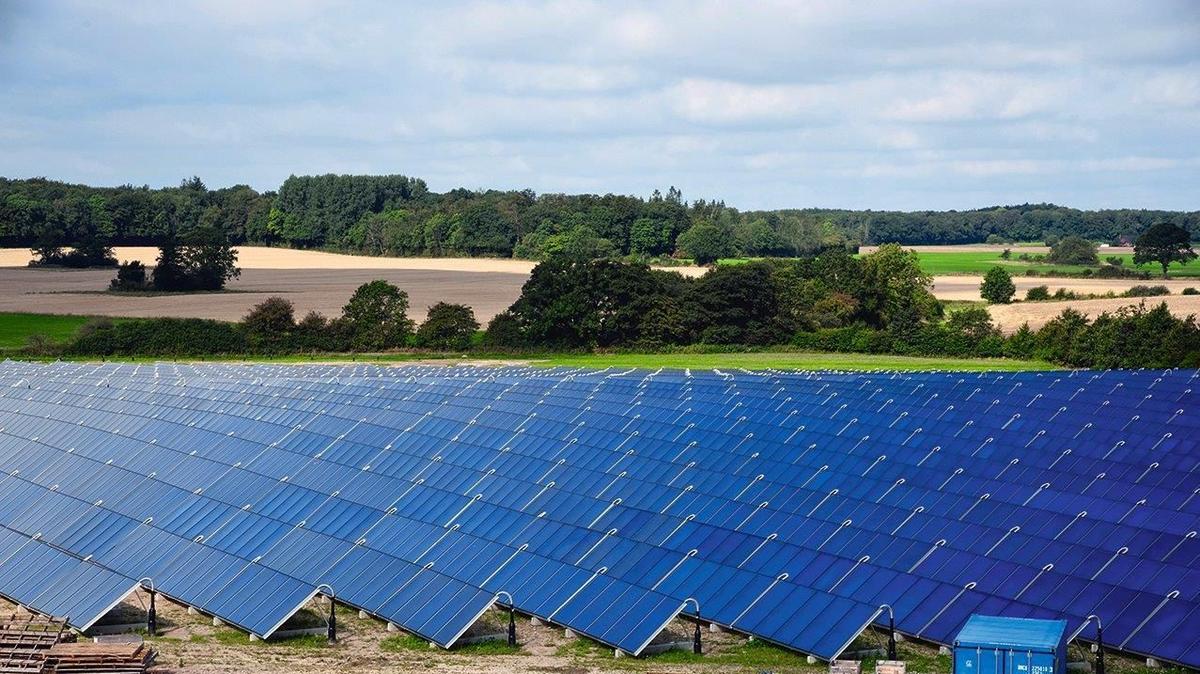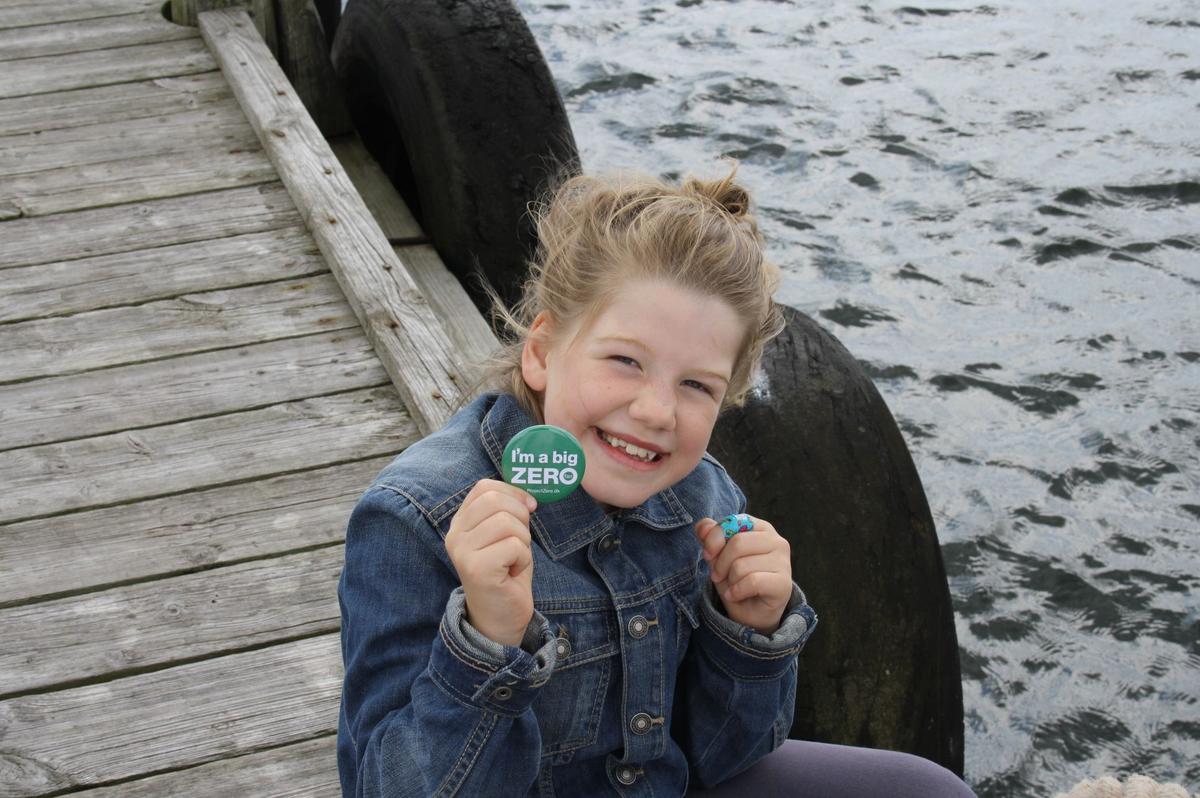ProjectZero, Sønderborg
Last modified by the author on 23/12/2015 - 14:51
Urban renewal
- Address 1 - street : 6400 SøNDERBORG, Denmark
- Gross density : 0.77 housing/ha
- Population : 76 000 hab
- Number of jobs : 800 jobs
- Starting year of the project : 2007
- Delivery year of the project : 2029
- Key words : Public Private Partnership, holistic approach technology, citizens´ participation, new thinking, CO2-neutral city, sustainable growth, green jobs, low-carbon society, private rental housing owners, solution providers, energy efficiency, renewable energy.
-
50000 ha
ProjectZero is the vision of creating a CO2-neutral Sonderborg by 2029, based on sustainable growth and many new green jobs as a result. Sonderborg municipality aim at becoming carbon neutral by 2029. To achieve this ambitious goal, Sonderborg is driving an ambitious stakeholder participation including citizens, corporations, utility companies, schools, universities etc. based on policy, integrated planning, solutions and society participation.
Sonderborg`s ambitions goes much beyond the national ambitions of turning Denmark into a fossil free country by 2050 and has inspired many municipalities and cities in Denmark and abroad to adapt a similar specific approach to the climate challenge.
First and most important priority is energy efficiency. Energy efficiency shall be improved by 43% and the remaining 57% of the areas energy consumption by 2007 (baseline) covered by own renewables. By 2014 carbon emissions have been reduced by 30%, more than the 2015-milestone of a 25% reduction. Next milestone is by 2020 to reduce carbon emissions by accumulated 50% - based on the 2007 baseline.
ProjectZero has had many different programmes; all with the main focus of enabling a transition to a low-carbon society. The three main focus sectors were:
- Community & Citizens: Educating and engaging the citizens based on value and benefit creation. Specific programs include ZEROhome, ZEROdrivers license and House of Science.
- Businesses: Partnering with business to develop and share best practices to save energy and reduce the public sectors carbon footprint. Specific programs include ZERO+Business, ZEROshop and financial optimization.
- Public Sector: Create policies and funds to reduce the public sectors carbon footprint by energy retrofitting public buildings and schools in cooperation with utility companies.
Sustainable Energy Europe. Price Winner 2010
Programme
- Housing
- Businesses and services
- Public facilities and infrastructure
- Public spaces
- Green spaces
- Others
CO2 Impact
361 000 tCO2
Method used to calculate CO2 impact
Within the first six years of activity an overall CO2 emission reduction of 30% has been achieved. This has been verified by independent consultants.
Project progress
- Operational phase
Procedure type
- Urban développement permit
Key points
- Governance
- Economic development
- Mobility
- Resources
- Energy /Climate
Approaches used
- Local charter
Certifications
- Autre
More info
http://brightgreenbusiness.com/en-GB/Home-2.aspxData reliability
Self-declared
Type of territory
Sonderborg Municipality, with its 500 km2 territory, is beautifully located at the Baltic Sea in the south of Denmark close to the danish/german border. Sonderborg has a rich history including many old castles and the 1864 Battle between Denmark and Prussia/Austria took place just outside the city center. Sonderborg is today the home-town of Danish leading energy efficient technology-companies like Danfoss and Linak.
Sonderborg municipality aim at becoming carbon neutral by 2029. To achieve this ambitious goal, Sonderborg is driving an ambitious stakeholder participation including citizens, corporations, utility companies, schools, universities etc. based on policy, integrated planning, solutions and society participation.
Sonderborg`s ProjectZero transition is focused on the geography of Sonderborg Municipality, including almost 500 km2 urban and rural area territory. Almost 76,000 people populate Sonderborg, but the number of pigs and hens are much bigger, as farming still play an important role for the use of land.
Sonderborg has app. 35.000 homes, out of which 18,600 are private are private owned, 10,000 are owned by local house association, app. 6,000 are private flats. In addition Sonderborg has app. 3,700 summer houses located near the shore.
Climate zone
[Cfb] Marine Mild Winter, warm summer, no dry season.
More info
http://www.projectzero.dk/Number of residential units
38 700
Total investment costs (before tax)
400 000 000 € HT
Amount of the investment taken in charge by the local authorities
40 000 000 € HT
Project holder
Project management
Project stakeholders
NIRAS
Environmental consultancy agency
Organisme de certification/fiabilité des données : NIRAS, a consultancy company in fields such as construction and infrastructure, public utilities, environmental and natural resources, climate change and energy, planning, and development consulting.
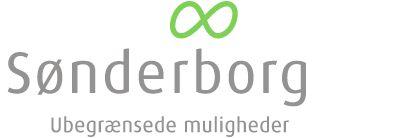
ProjectZero
Assistance to the contracting authority
ProjectZero is a local company, currently managed by five people. Founded in 2007, its vision is to convert Sønderborg to a zero-carbon community by 2029. Focusing on implementing new energy efficiency solutions coupled with a complementary mix of clean electricity and fuels sourced from local resources, it also aspires to create new green jobs and a talented generation of young people.
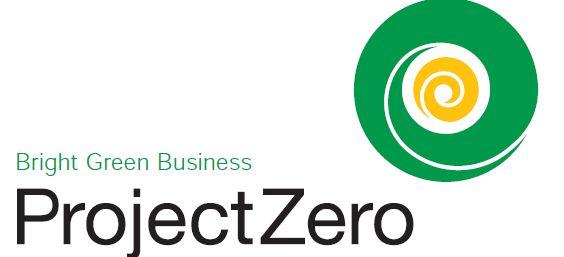
Net density
Social inclusion and safety
The ZEROfamily project offered training and education in low carbon and sustainable lifestyle for Sonderborg citizens.
Through group courses and workshops the families obtained knowledge of which key points, in their everyday lifestyle, are easy to change and yield efficient results; both in terms of CO2-reductions and economic gains.More than 100 families took part in the ZEROfamily program, and became role models for all citizens in Sonderborg.
On average the ZEROfamilies electricity consumption was reduced by 25 % and the water consumption reduced by 45 %. The ZEROfamily project was carried out in 2009, and the experiences of the families have served as a basis for further citizen involvement, both in and outside Sonderborg. The families will continue to serve as ambassadors to the community, taking the lead in private climate action.
Local development
Since 2007, when the City Council of Sonderborg approved the vision of becoming CO2-neutral, approximately 800 new green workplaces have been generated. The Sonderborg area has until 2013 reduced the CO2 emission by 22% , and reached the goal of a 25% reduction in 2015. The next goal is a 50% reduction of the emission in 2020 compared to 2007, with a prospect of more than 900 new workplaces per year towards 2020. The final goal is to be CO2-neutral in 2029.
800+ Green Jobs Created
- In the construction industry
- Green district heating
- Energy consulting
Bio economy
Active involvement of the Sonderborg area’s companies in the utilisation of bio-resources for food, energy and bio-based materials and the establishment of bio-energy production facilities in the Sonderborg area. During the period 2015-2020, the area is expected to generate 30,500 ton CO2. The municipality, as authority and project developer, plays an important role in the implementation of the goal set.
Mobility strategy
In spring 2011 ProjectZero together with CLEVER introduced electrical cars for testing by private families. During 3 years 80 families got an opportunity to drive an electrical car for free during a 3 months period. This testing gave important information to scientists and the car industry about how the new electrical cars could be implemented in the most efficient way into our daily life. Today many citizens in Sonderborg drive their own electrical car and Sonderborg has many public charging locations for electrical cars.
Green transport
Development and demonstration of coherent solutions and concepts for green transportation in urban communities and rural areas. Increased bicycling, electric cars and more energy efficient cars, conversion to green bus transportation based on gas and electricity, must, together with the conversion of commodity transportation to gas, achieve a total of 8,000 ton CO2 during the period 2015 to 2020. The municipality, as authority and project developer, plays an important role in the implementation of the goal set.
A charging station established at Alsion in the summer of 2014. It can charge electric cars 85 percent in only 20-30 minutes.
SOLUTIONS
- Electric vehicles
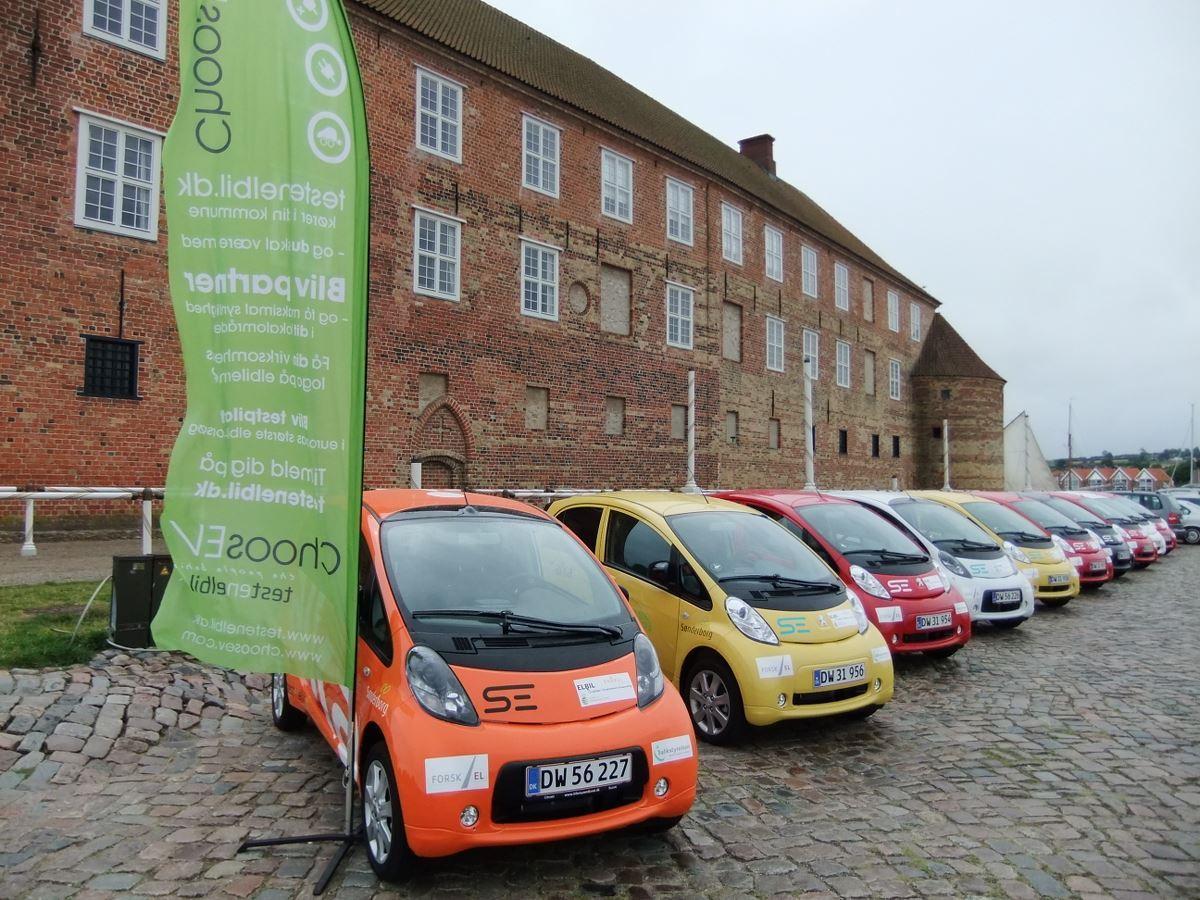
”test an electric car”
The Project ‘Test an EV’ was the largest electric vehicle project in Europe which during 2011 and 2012. It included 30 Danish municipalities and 2,400 test pilots as active participants in finding out how best to implement the electric vehicle in today’s society.
24 Danish municipalities have participated in the test project with electric cars – among these Sonderborg, three hospitals in the Capital Region of Denmark and a number of companies. Approx. 200 electric cars participated in the project which makes ”Test an electric car” Northern Europe’s largest test project. Approx. 1600 Danish families have participated in the test and they have all had an electric car for three months. Technical data has been collected from 198 electric cars and charging stations together with the families experiences.
The project ‘Test an EV’ was meant to form the basis of future research within the field of environmental optimization in the choice of transport methods, general sustainability and an improved use of energy resources on national and international level. Today electrical cars have been integrated both in business and family transportation and the number of sold cars are increasing every year.
Climate adaptation, resources conservation, GHG emissions
Energy efficiency has been increased as well as the amount of renewable energies. Most importantly ProjectZero has a bottom-up approach that enables everyone to be an agent of change and be active. This is behind the already achieved results of 30% CO2 emission reduction.
ProjectZero is Sonderborg’s vision of generating financial growth and new jobs in the Sonderborg area based on our conversion to a CO2-neutral society – what we call ”The great transformation”. In 2020, they must have achieved a CO2 reduction of 50% compared to 2007 – corresponding to 361,000 ton CO2.
Citizens: The effort is focused on energy efficiencies in relation to residences, appliances and behaviour and energy production in rural areas. The types of home owners are addressed with dedicated efforts. During the period 2015-2020, the goal is to implement a total of 33,700 ton CO2 reductions in this focus area.
Companies: The effort is focused on energy efficiencies and own green energy production in relation to industry, agriculture, trade and service. During the period 2015-2020, the goal is to implement a total of 28,000 ton CO2 reductions in this focus area.
The public sector: The effort is focused on the municipality, utility companies, schools, institutions and organisations. A total reduction of 8,000 ton CO2 is expected during the period 2015-2020 in this focus area. Based on a 2007-baseline for the Municipality of Sonderborg (as enterprise) of 19,300 ton CO2, a further reduction of approx. 4,800 ton CO2 is expected towards 2020 and consequently, the municipality’s CO2 emission in 2020 does not exceed 9,600 ton CO2.
The initial ProjectZero initiatives have focused on improving energy efficiency in homes and replacing energy sources by renewables, including green conversion and expansion of the areas five district heating networks.
More than 1,400 private homes have been visited and energy-reviewed as part of the ZEROhome project. More than 65% of the visited home-owners have energy-retrofitted their home and spend average €20,000. More than 80 local craftsmen have been energy-trained to do the job and continue the program.
More than 1,600 homes have been installed own PhotoVoltaic power production on their homes.
Green district heating is supplied to homes and industry located in urban areas. Sources are based on multiple renewables: Geothermal hot water, solar heat, heat pumps, incineration of sorted household waste, biomas etc. In rural areas heatpumps are replacing oilburners.
Energy sobriety
Energy Efficiency Improvement (43%)
- Energy retrofit of houses & buildings including PV cell-production
- Intelligent Heat pumps in rural areas
- Energy retrofit of companies, shops, offices
- Green transportation including electrical cars
Intelligent energy
The development of the intelligent energy system based on gradually implementation of more renewable energy from sun and wind. More wind turbines, central solar cell panels and conversion to green district heating must totally generate 43,900 ton CO2 reductions. The municipality, as authority, plays an important part in the implementation of the goal set.
Energy mix
A New Green Energy Infrastructure (57%)
- Green District heating in the urban areas: Sonderborg District Heating has been constructing a state-of-the-art Geothermal facility that, in combination with massive absorption heat pumps and biomass burners, now supply more than 10.000 households, businesses and industrial customers in the center of Sonderborg. Coupled with thermal solar heating facilities, biomass burners, bio-oil furnaces and other sources the network will be expanded to supply approx. 60 % of households on the island of Als with green, CO2-neutral district heating .
- Wind turbines onshore & coastal near: By 2050 approx. 70% of all energy use will be electrically powered. This change will challenge the whole energy system and we will need a number of new technologies and solutions to re-use existing electricity infrastructure when power consumption triples or more.
ProjectZero 2029 Masterplan therefore includes the following: installation of several new onshore wind turbines and establishing an offshore large coastal-near wind turbine park at the north-east coast of the island of Als. The park will be placed in the middle of Lillebaelt on the Lillegrund location with a distance of app. 4 km to both shores.
A completed park will include 25 wind turbines with a capacity of 3-6 MW each. Total installed capacity will be 120 MW, equal to approx. a quarter of the estimated energy consumption in 2029. The area's carbon emissions will be reduced by 220.000 ton per year.
- Biogas plants processing manure
the wind turbine theme plan
A theme plan for wind turbines has been approved in December 2012. It sets the frames for installing wind turbines within eight new areas: Kværs, Blans, Avnbøløsten, Pøl, Notmarkskov, Lavensby, Tumbøl Søndermark and Ullerup Mark. If the areas are used optimally, at least 17 modern wind turbines can be installed with the production capacity of at least 100 million kWh per year. This equals approx. 20% of the municipality’s total electricity consumption in 2011.




